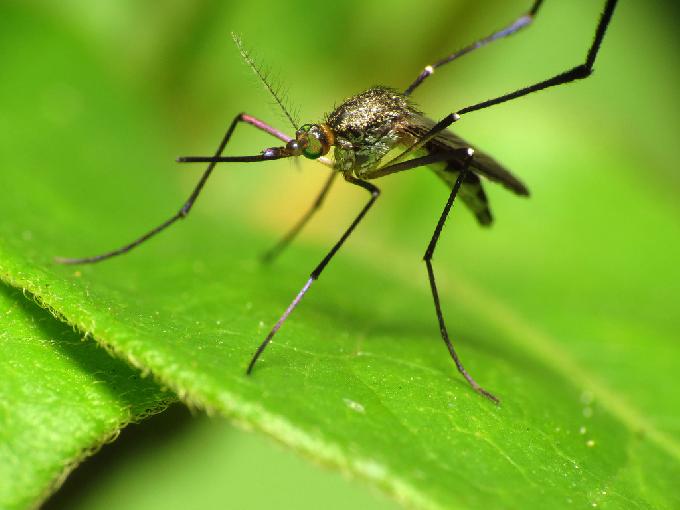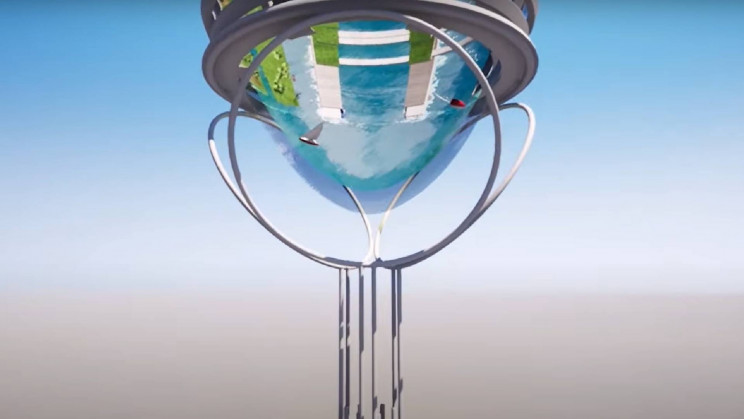According to the World Health Organization, malaria is responsible for approximately 445,000 deaths worldwide every year. While preventative measures, such as insecticides and mosquito nets, have helped reduce the incidence of the disease, it continues to take lives.
Now, giving new hope to the fight against malaria, research has found that a type of dye, known as methylene blue, kills the parasites that spread the disease within two days. The dye is safe for human use.
Dutch, American, and Malian scientists working in Ouélessébougou, Mali, found that adding methylene blue to dihydroartemisinin-piperaquine, a typical go-to malaria drug, treated patients successfully within two days. But there is one rather shocking, though temporary, side effect — the dye turns a patient’s urine blue.
Most malaria drugs do not target gametocytes — the reproductive stage of the disease-causing parasite that allows it to be transferred from mosquitoes to humans. As a result, people continue to pass the parasite to mosquitoes, which means they can still spread the disease for a week or more after the treatment.
But the dye also kills the malaria parasites in the gametocyte stage, so if a mosquito bites a person recovering from the disease, the mosquito doesn’t pick up live parasites from human blood to pass on to new victims.







